Photograph: iStock
Lighting plays a vital role in transforming the mood of a particular space. And light itself is considered to be an important design tool. Interior designer Deeksha Khatree decodes different lighting techniques.
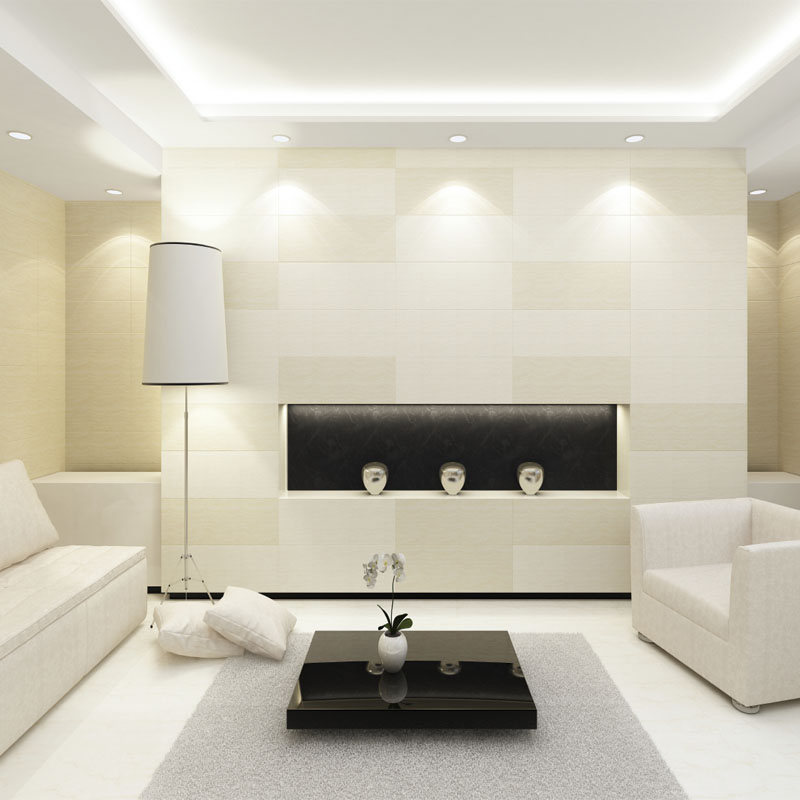
1Ambient lighting
This type of lighting illuminates the space uniformly without any glaring effect. Cove, wall-mounted, lanterns, chandeliers and ceiling lights are some of the different ways you can achieve ambient lighting.
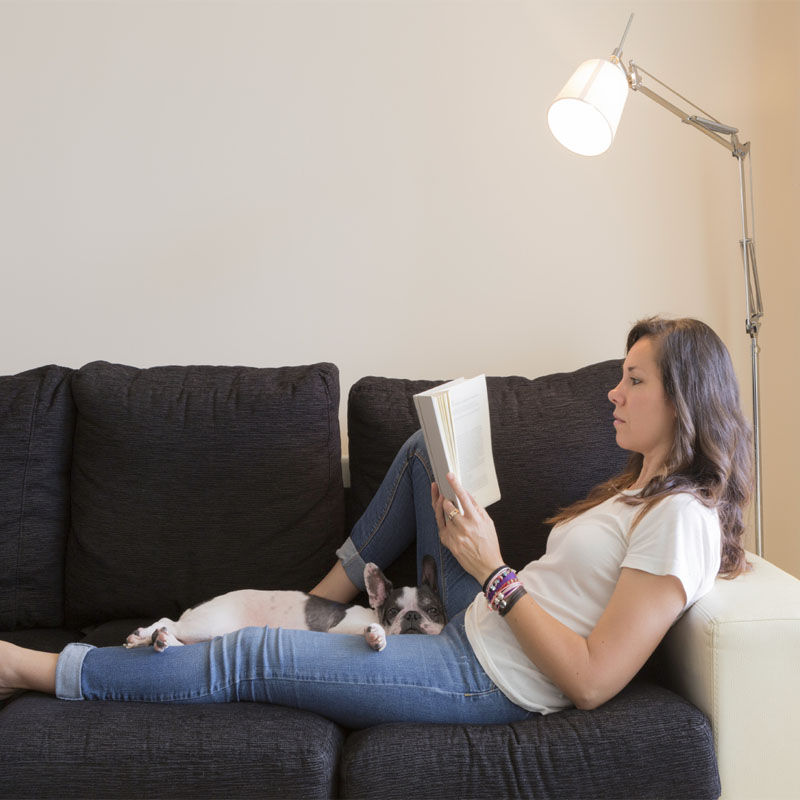
Task lighting 2
As the name suggests, this lighting option helps you perform a specific task such as reading, cooking, etc. Table lamps, desk lamps and pendants can take care of task lighting. The light should be bright, but not so intense as to cause eye strain.
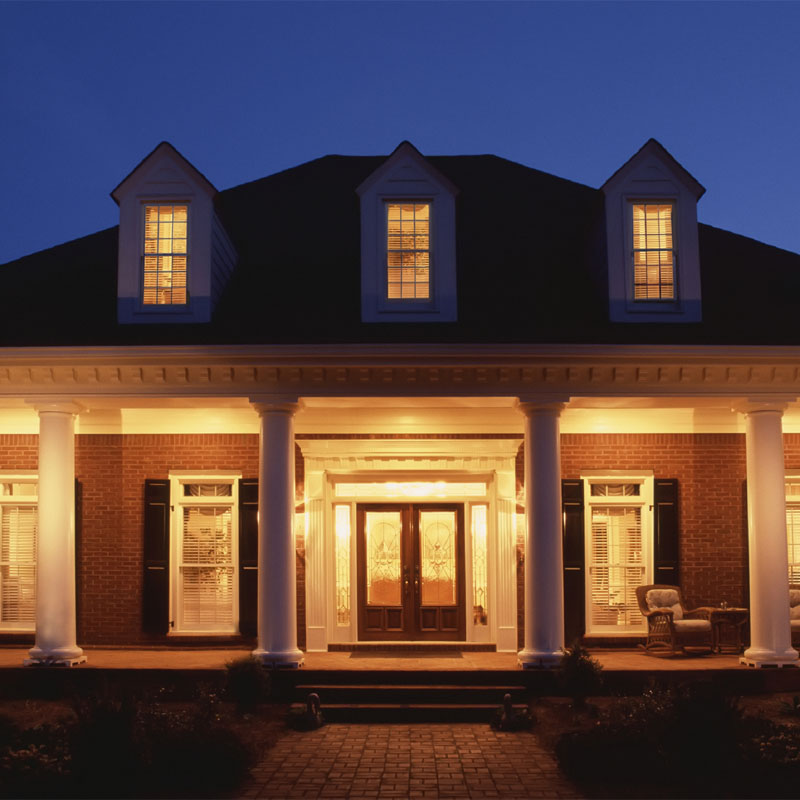
3Flood lighting
This is intended to bathe the whole space or property in light.
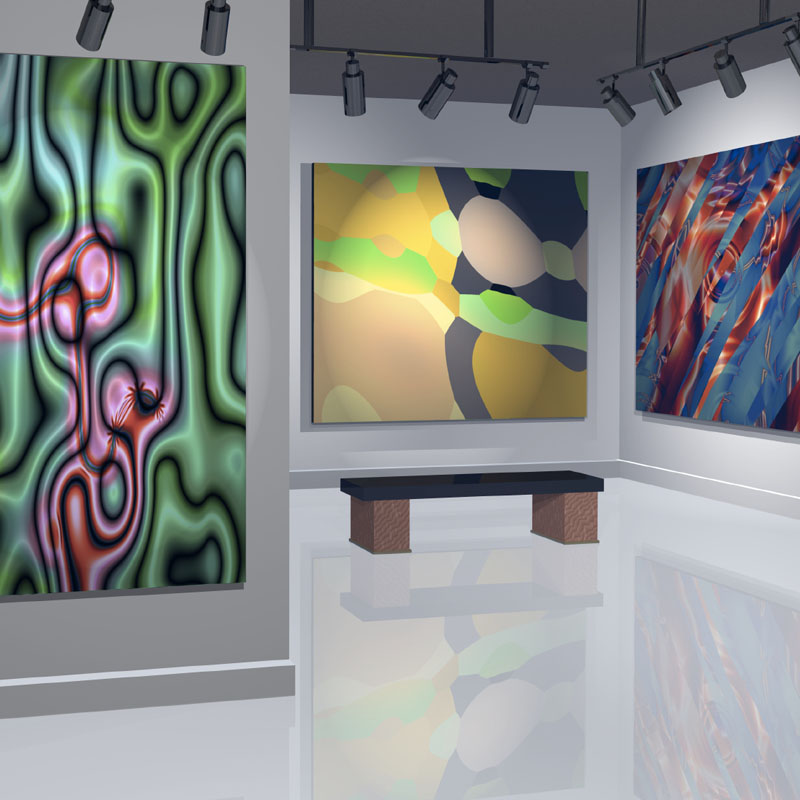
Spot lighting/accent lighting 4
Accent lighting can be used to throw focus on a particular feature or element such as a sculpture, painting, tree, plant, fountain… It can also be used to highlight window treatment, texture of a wall or outdoor landscaping. Accent lighting provides three times more focus on a specific object compared to general lighting.
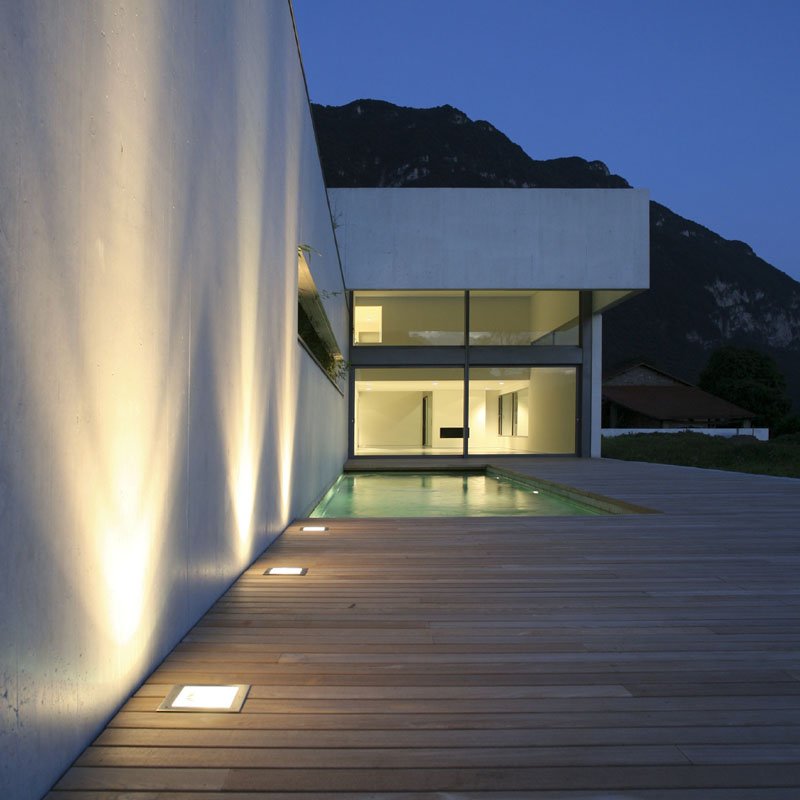
5Down and up lighting
The fixtures for down lighting is done in such a way that it disperses light downwards from an elevated position. The higher the light, the larger the area of illumination. Similarly, up lighting fixtures are installed on the ground and shine upwards. Both these options can be used on the terrace and garden area to highlight various landscaping features, sculptures, the boundary wall of home, etc.
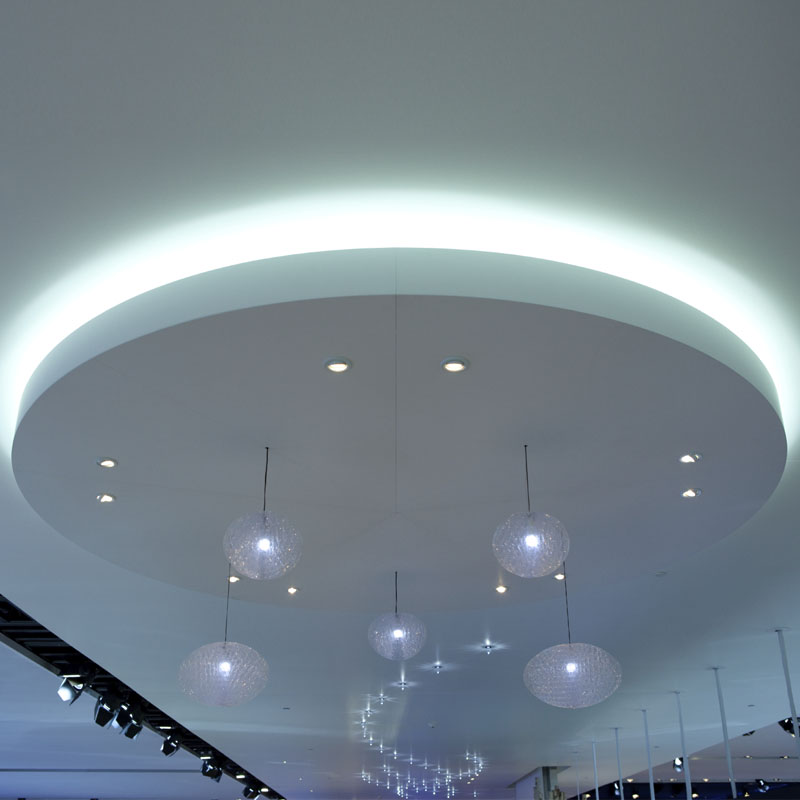
Cove lighting 6
To attain an aesthetic look, cove lighting is used as an indirect or reflected lighting source on false ceiling and wall panelling.


















